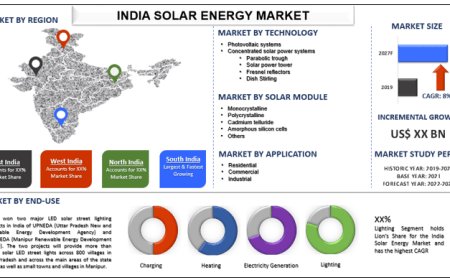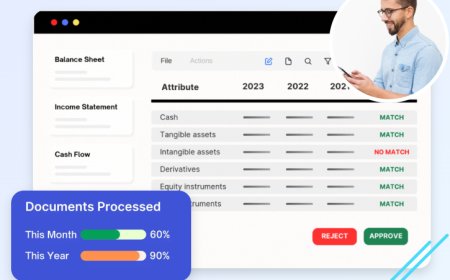Comparing Technical Patterns on Indices Versus Individual Stocks

Technical analysis has long been used to forecast future price movements based on historical behavior. Patterns such as triangles, flags, and head-and-shoulders formations are found across all asset classes. But do these patterns work the same way on indices as they do on individual stocks? The answer is not as straightforward as it may seem. For traders engaged in indices trading, it is essential to understand the nuances.
Indices behave differently from individual stocks due to the way they are constructed. An index represents a group of companies, and its movement reflects the collective behavior of those underlying assets. This aggregation tends to smooth out erratic moves and reduce the impact of any one stocks performance. As a result, technical patterns on indices may be more reliable in some respects, but they also require a slightly different lens.
Indices Provide Cleaner Technical Structures
One advantage of trading indices is that their charts often show cleaner patterns. Because indices are less prone to sharp, isolated price shocks caused by company-specific news, their technical levels tend to hold more consistently. This allows for smoother trend lines and more recognizable chart formations. Traders involved in indices trading can rely more on textbook patterns when analyzing broad market behavior.
Patterns on Stocks May Be More Volatile
In contrast, individual stocks are often subject to sudden changes due to earnings reports, leadership announcements, or product launches. These events can quickly invalidate patterns or cause sharp gaps that ignore technical levels. While technical analysis still works on stocks, the chances of being disrupted by unexpected news are higher. This makes indices trading more appealing for those who prefer structured setups without abrupt changes.
Volume Interpretation Varies Between the Two
Volume also plays a different role when comparing stocks and indices. In stocks, volume spikes can often be traced back to a single event. In indices, however, volume is more balanced and reflects broader market participation. This consistency helps traders in indices trading evaluate breakouts and reversals with greater confidence.
Patterns Tend to Last Longer on Indices
Due to the diversified nature of indices, their patterns often take longer to form and complete. A bullish flag on a stock might play out in a single trading session, but on an index, the same pattern might develop over several days or even weeks. For those using indices trading as their primary strategy, this extended timeframe can allow for more deliberate entries and exits.
The Role of Sector Rotation in Index Behavior
One subtle difference that impacts technical patterns is sector rotation. An index can continue to rise even if several sectors within it are underperforming. This rotation can influence the slope or shape of a pattern and may cause false signals if not recognized. Traders who focus on indices trading need to stay aware of what is happening beneath the surface to ensure that patterns remain valid.
Blending Technicals with Macro Awareness
While technical analysis provides valuable signals, it becomes even more effective when paired with macro-level insights. Economic releases, central bank meetings, and geopolitical developments can all impact index behavior. By combining pattern recognition with fundamental awareness, traders can approach indices trading with a more complete strategy.
Technical patterns work on both stocks and indices, but the context matters. Understanding the broader forces at play and adjusting expectations accordingly allows traders to get the most from their analysis. For consistent results, traders should match their tools to the nature of the asset they are trading.








































